Dog parks are a paradise for our furry friends, but navigating the world of dog-run etiquette can be as complex as a high school cafeteria. To ensure that your dog (and you) have the best possible experience, it’s crucial to know the unwritten rules. Here’s a guide to making your dog run visits enjoyable, safe, and respectful for furry friends and humans.
1. Keep an Eye on Your Dog at All Times
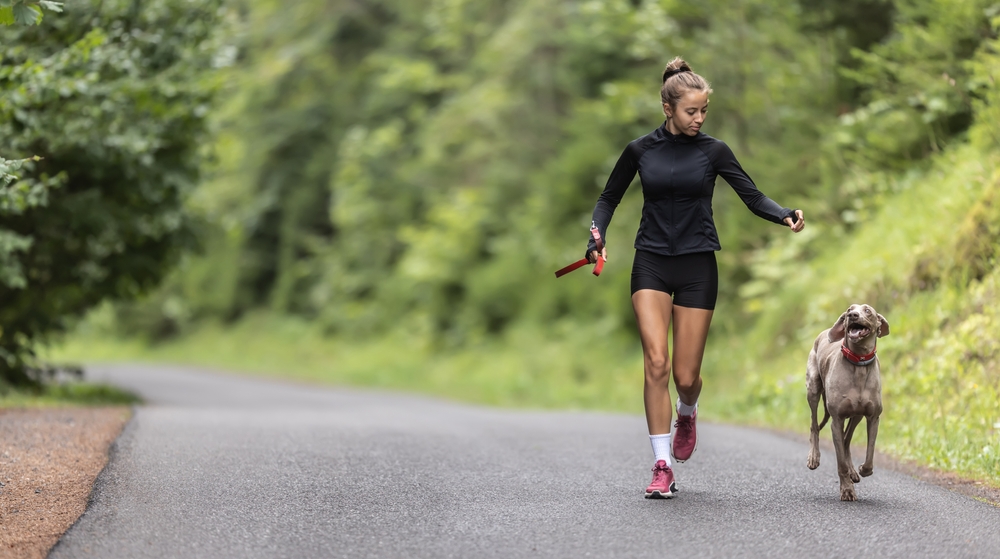
The golden rule of dog runs is to always watch your dog. It’s tempting to catch up with friends or check your phone, but your dog’s behavior can shift in seconds. Keeping a watchful eye helps you step in quickly if play gets too rough or another dog seems uncomfortable. Plus, attentive owners help foster a safe and friendly atmosphere, making the dog run enjoyable for everyone.
2. Pick Up After Your Pup—Every Single Time
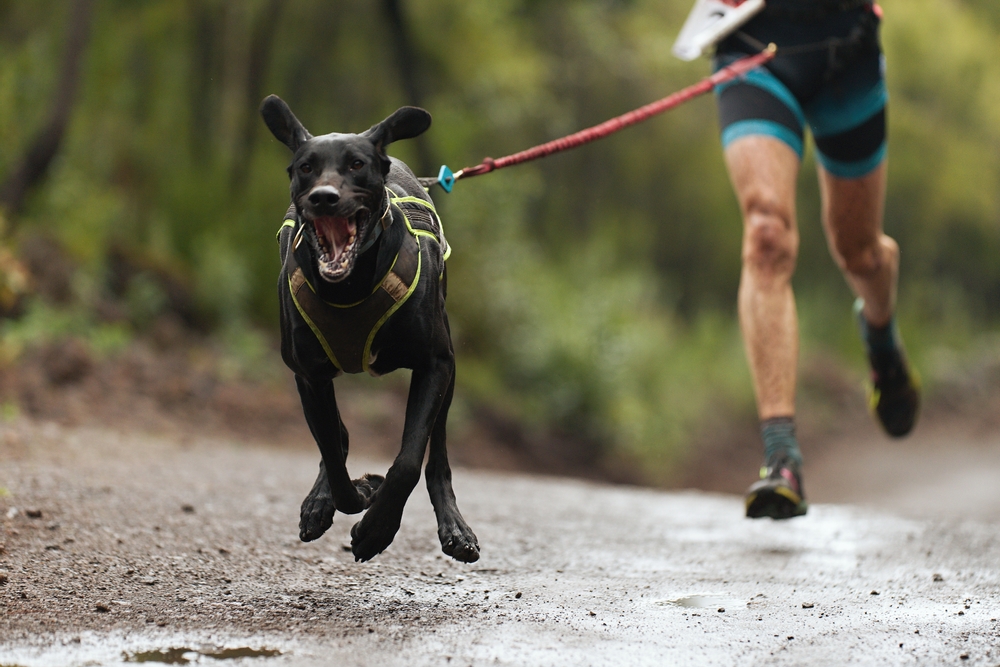
Yes, it seems obvious, but this one’s often overlooked. Leaving waste behind isn’t just unsanitary; it’s the fastest way to create tensions among dog park regulars. Always bring extra bags, just in case, and make sure you’re not leaving a mess behind. Besides, a clean park makes everyone’s experience better, and it’s an easy way to show respect for other dog owners and their pups.
3. Avoid Bringing Food or Treats
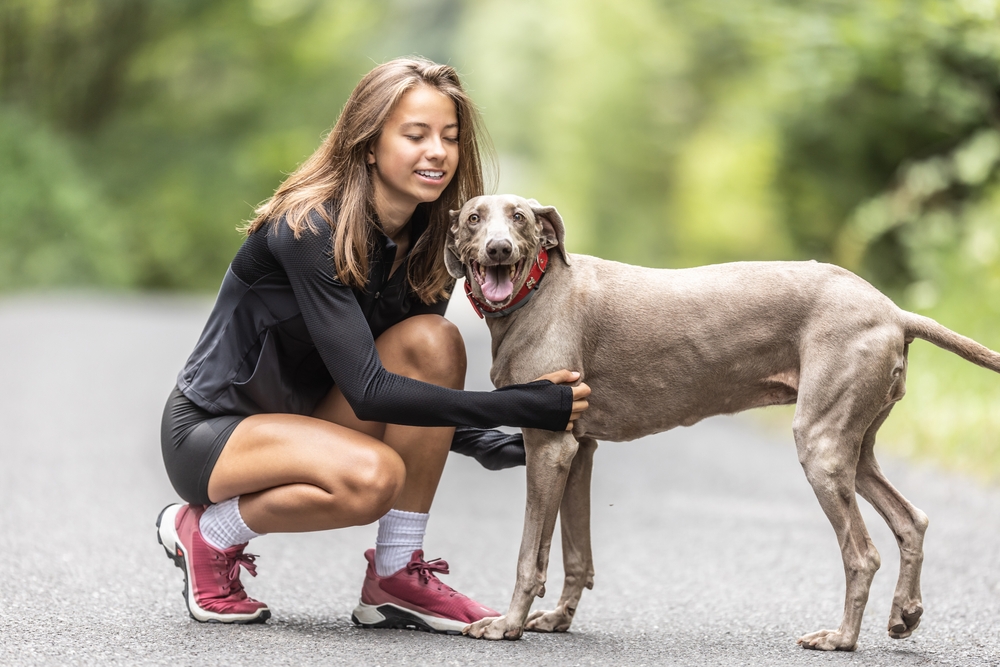
Food can quickly turn a happy dog run into a battleground. Even the best-behaved dogs can become possessive when treats are involved, leading to scuffles over snacks. Avoid the risk by leaving treats at home or saving them for after your visit. If you need training aids, bring a toy or other non-edible reward to avoid sparking snack-driven confrontations with other dogs.
4. Introduce Your Dog Slowly to New Playmates
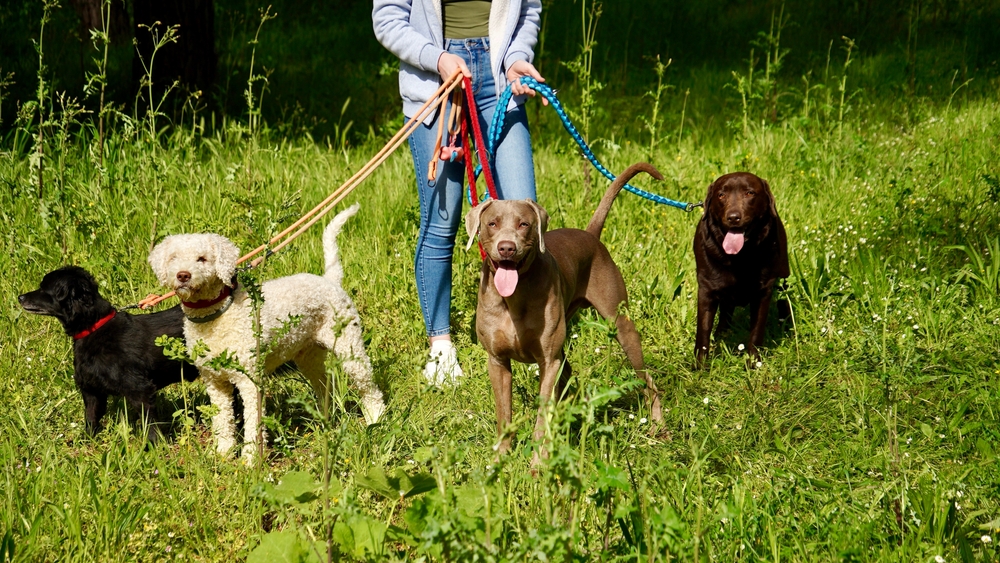
When entering a busy dog park, let your dog observe from a distance before diving into the action. Rushing in can be overwhelming, especially for shy or nervous dogs. Allowing your pup to scope out the scene helps them feel more comfortable and lets you assess the park’s vibe that day. A gradual introduction is key to creating positive, safe interactions with other dogs.
5. Intervene When Play Gets Too Intense
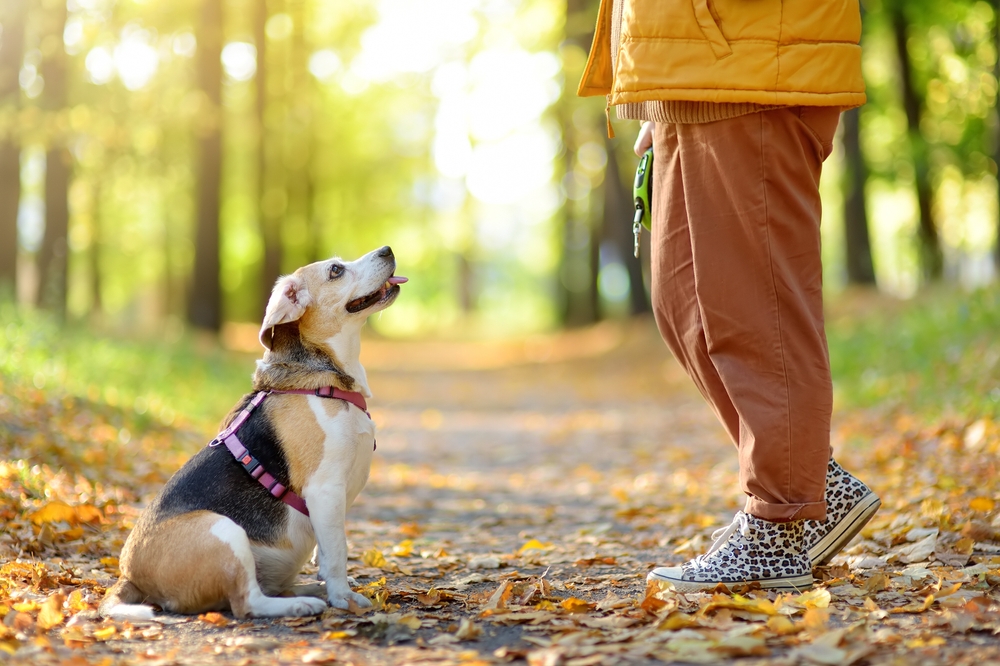
Rough play is natural for dogs, but there’s a fine line between fun and frustration. Watch for body language cues, like tense postures or excessive barking that might signal discomfort. Don’t hesitate to step in and redirect your dog if play gets too intense or if another dog seems uncomfortable. A little intervention can go a long way in preventing unwanted confrontations and keeping the peace.
6. Respect Size-Specific Areas
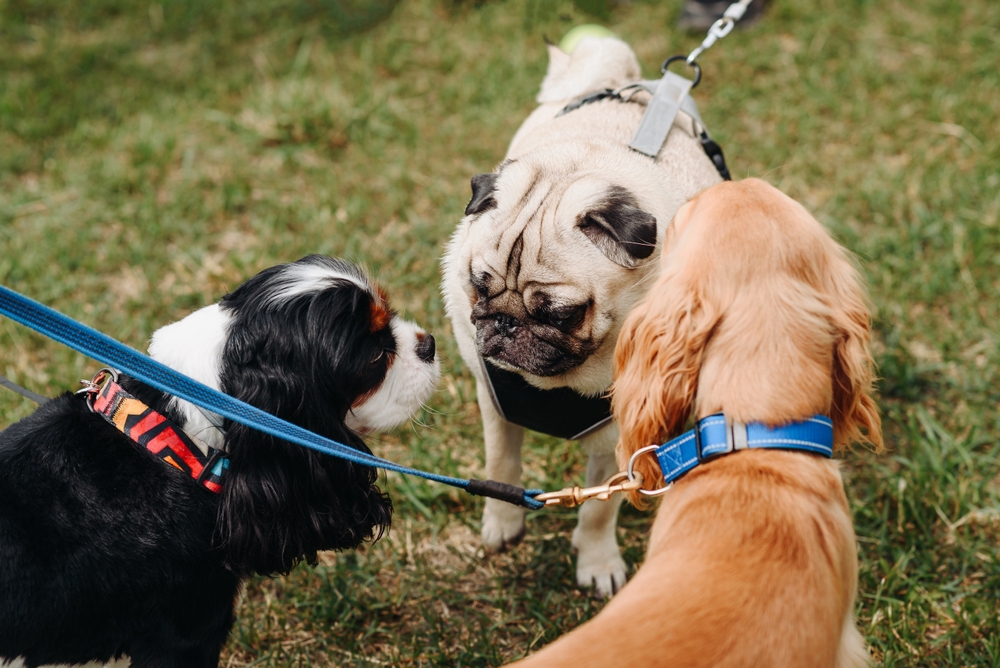
If a dog run has separate spaces for different sizes, respect those divisions. Larger dogs can unintentionally intimidate or overwhelm smaller ones, and vice versa. Sticking to designated areas helps prevent accidental injuries and creates a more enjoyable experience for every dog. If your dog is a gentle giant or an extra-rambunctious small till, follow the rules to maintain harmony.
7. Avoid Disciplining Other People’s Dogs
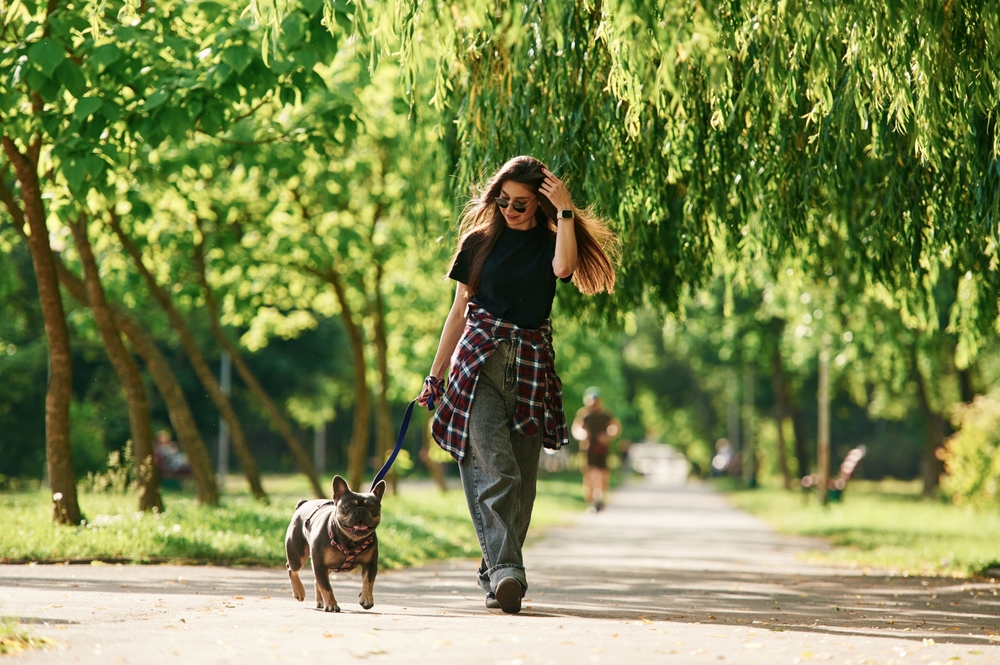
Even if another dog is acting up, it’s best to leave discipline to its owner. Correcting someone else’s dog can create tension and misunderstandings. If a dog’s behavior is causing problems, speak to the owner politely instead. Most dog owners are receptive when approached respectfully, and it’s far better than causing friction with an overstep that could ruin the experience for both of you.
8. Keep Leashes Off Inside the Dog Run
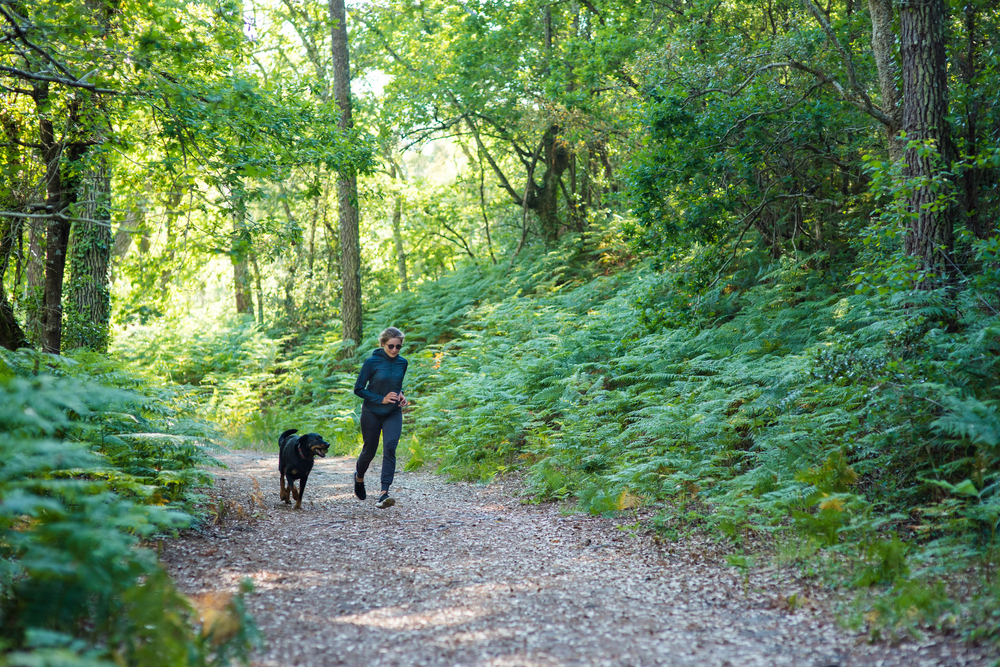
Leashes can create anxiety and even aggression in some dogs, who may feel restrained. Once inside the fenced area, let your dog run freely (unless local rules require otherwise). This encourages natural interaction and play without the restriction of a leash. Keeping the space leash-free also reduces the risk of dogs getting tangled up, which can lead to accidental injuries during play.
9. Limit Toys to Avoid Possessive Behaviors
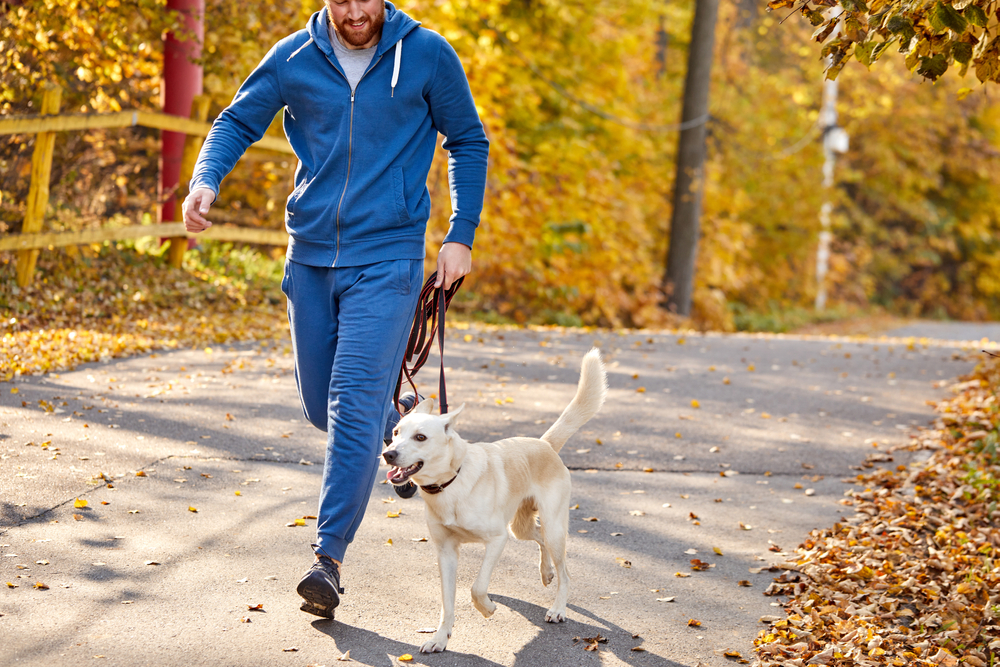
Some dogs can be possessive over toys, so limit the items you bring to the park. Bringing a ball or a frisbee is fine, but introducing too many toys can create tension and jealousy among the dogs. Stick to one or two toys and monitor how the group responds. If you notice any signs of possessiveness, it may be best to pack the toys away for that visit.
10. Respect Time Limits if Your Dog Gets Overstimulated
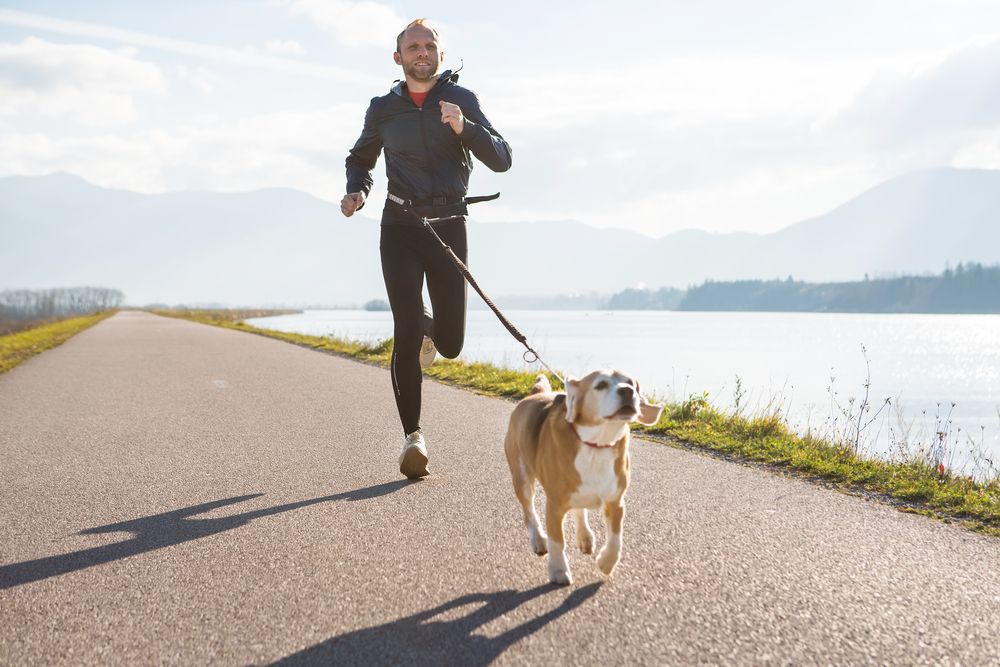
Every dog has a different threshold for excitement, and overstimulation can lead to unwanted behaviors. If your dog starts showing signs of fatigue, irritation, or over-excitement, it might be time to call it a day. Recognizing when your dog has had enough prevents burnout and ensures they’ll look forward to their next dog run visit rather than feeling overwhelmed.
